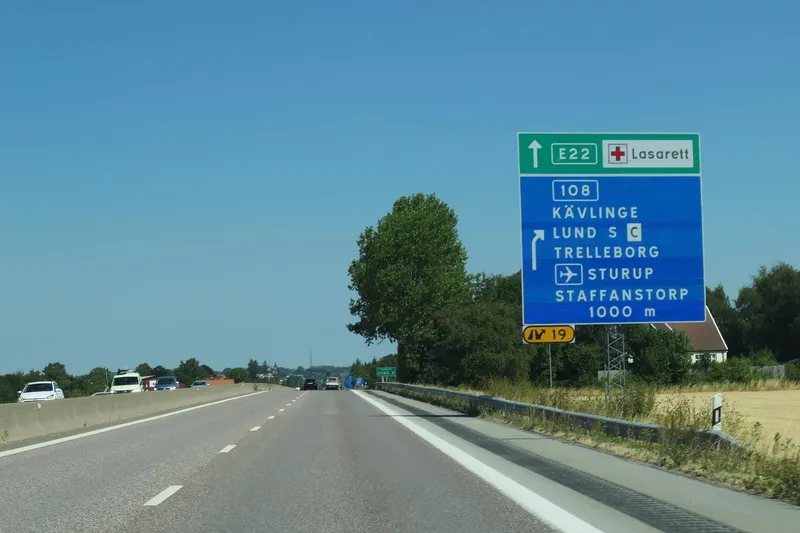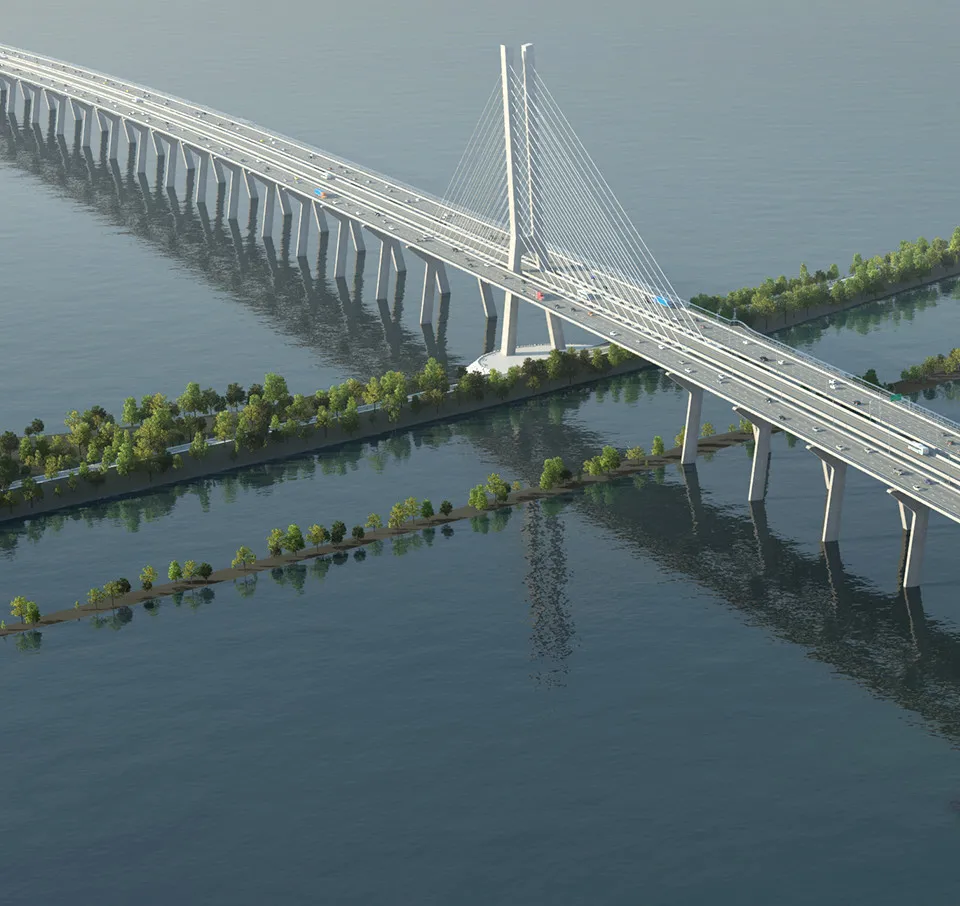Köster and Baresel have been awarded the contract for the construction of the 4.2km long Hirschhagen tunnel in the German federal state of Hesse. Since the contract worth around US$ 335.14 million (€247mn) has been signed, the construction of what will be the longest road tunnel in Hesse could start in spring 2013. The Hirschhagen tunnel is part of the A44 motorway between Kassel and Eisenach. If all goes as planned, the tunnel is due to be opened for traffic at the beginning of 2018.
February 4, 2013
Read time: 1 min
Köster and Baresel have been awarded the contract for the construction of the 4.2km long Hirschhagen tunnel in the German federal state of Hesse. Since the contract worth around US$ 335.14 million (€247mn) has been signed, the construction of what will be the longest road tunnel in Hesse could start in spring 2013. The Hirschhagen tunnel is part of the A44 motorway between Kassel and Eisenach. If all goes as planned, the tunnel is due to be opened for traffic at the beginning of 2018.








